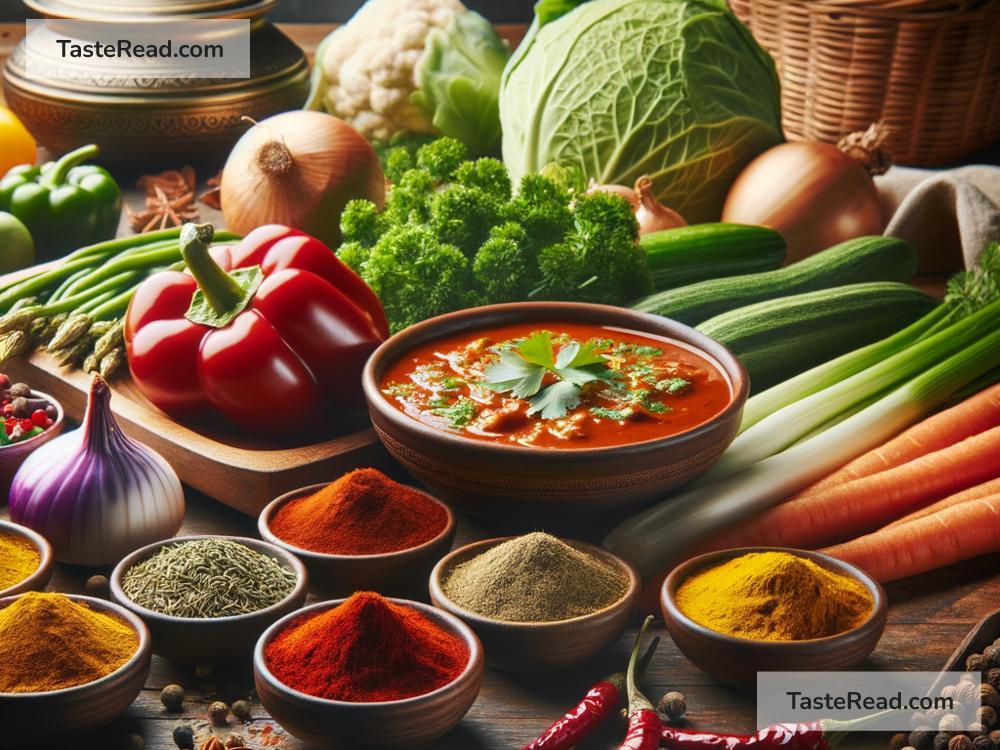Learning to Cook Indian Curries: A Journey of Spice and Flavor
Embarking on the journey to learn how to make Indian curries is like stepping into a world bustling with colors, aromas, and flavors. Indian cuisine is famous globally for its intricate combinations of spices and herbs, each dish telling a story of its region, culture, and traditions. For many, the thought of cooking Indian food might seem daunting due to the perceived complexity of its dishes. However, learning to cook Indian curries is not only immensely rewarding but also a delightful exploration of spice and flavor.
The Foundation – Understanding Spices
The heart of Indian cooking lies in its use of spices. Spices are not merely ingredients; they are the soul of Indian cuisine, providing each dish with its unique character and aroma. Before diving into cooking, familiarize yourself with the essential spices such as cumin, coriander, turmeric, mustard seeds, and garam masala. Each of these spices brings its unique flavor profile and health benefits, making the food not just delicious but also nutritious.
Starting Simple
Begin your culinary adventure with simple recipes. Dishes like dal (lentil curry), aloo gobi (potato and cauliflower curry), and chicken curry are excellent starting points. These recipes allow you to practice the fundamentals of Indian cooking, such as sautéing spices, understanding the sequence of adding ingredients, and adjusting the flavors according to your palate.
The Art of Balancing Flavors
Indian curries are a symphony of flavors. Learning to balance the five key flavors: sweet, salty, sour, bitter, and umami, is crucial. For instance, a dash of lemon juice can brighten up a dish, while a bit of sugar can balance an overly spicy curry. Experimenting and tasting as you cook is key to mastering this balance.
Exploring Regional Varieties
India is a vast country, and each region boasts its unique style of cooking and signature dishes. For example, North Indian curries often have a creamy base and are typically less spicy, using ingredients like yogurt and cream. In contrast, South Indian curries might incorporate coconut milk and tamarind, offering a different spectrum of flavors. Exploring these regional dishes can widen your cooking repertoire and introduce you to a broader pallete of flavors and techniques.
Patience and Practice
Patience is a virtue in cooking, especially when learning to cook something as nuanced as Indian curries. Some dishes require slow cooking to ensure the meat is tender and the flavors meld beautifully. Do not rush the process. Over time, with practice, you will develop an intuitive sense of how long to cook a dish, when to add certain spices, and how to adjust the seasoning.
The Joy of Sharing
Indian cuisine is not just about the food; it’s about sharing and community. Once you start feeling confident in your cooking, share your dishes with friends and family. There’s a profound joy in watching loved ones relish a meal you’ve prepared. It’s also a great way to receive feedback and further hone your skills.
Embracing the Adventure
Learning to cook Indian curries is a journey that never truly ends. There are always new recipes to try, techniques to master, and flavors to explore. Embrace the adventure with an open mind and heart. Experiment with different spices, ingredients, and cooking methods. Don’t be discouraged by the occasional mishap in the kitchen; they are stepping stones to becoming a better cook.
Conclusion
Cooking is an art and a science, a way to express creativity and a means to nourish our bodies. Embarking on the journey to learn how to cook Indian curries opens up a world of spice and flavor, offering a deeply enriching culinary and cultural experience. It teaches patience, the art of balance, and the joy of sharing. So, grab your spices, pick a recipe, and start your adventure in the kitchen. Who knows what delicious dishes await you on your journey of spice and flavor?


